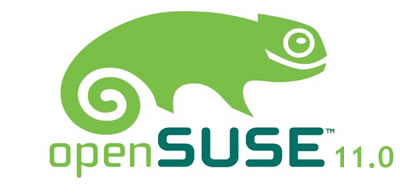
OpenSUSE 11.0 released last Thursday and obviously lots of improvements were made. Kudos to all developers and contributors. Not long after Mozille released its Firefox 3.0, OpenSUSE released OpenSUSE 11.0 with Firefox .3.0 included, thanks. Allthough the Firefox 3.0 included is Firefox 3.0 beta 5, updates for final Firefox 3.0 release will be available through online update. This release is also has Command-not-found feature that will be very handy for shell usage.
For those who are ready to switch to KDE 4.0, this is it, OpenSUSE 11.0 included stab le version of KDE 4.0. Be ready for the next generation of KDE, enjoy 'Plasma', the new desktop shell and a new look and feel called 'Oxigen', utilize Systemsetting which is KControl replacement , 3-D desktop effects in Kwin and many more interface and usability improvements. However, for those who aren't quite ready to make the leap to KDE 4.0, KDE 3.5 is still available on OpenSUSE DVD.
With Linux kernel 2.6.25, glibc 2.8 and gcc 4.3 , this release is also includes OpenOffice 2.4 and Compiz Fizion, Banshee 1.0, Wine 1.0 , KIWI LTSP, KDE Kepas, as well as improved NetworkManager 0.7 which is now includes support for multiple network interface and UMTS and EV-DO cards.
Currently OpenSUSE 11.0 is available to download with following choices.
* openSUSE 11.0 DVD 32-bit
* openSUSE 11.0 DVD 64-bit
* openSUSE 11.0 KDE 4 32-bit Live CD
* openSUSE 11.0 GNOME 32-bit Live CD
* openSUSE 11.0 KDE 4 64-bit Live CD
* openSUSE 11.0 GNOME 64-bit Live CD
» Read more











